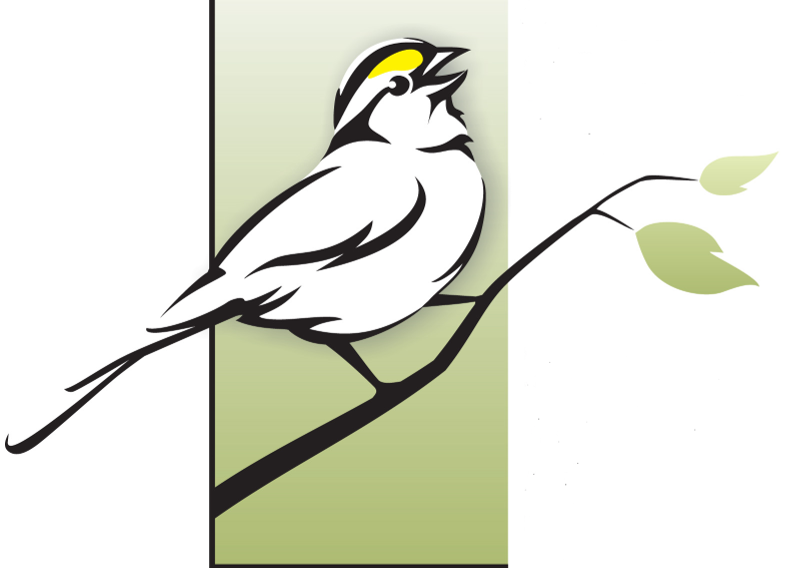Spatiotemporal Abundance Maps of Breeding Waterfowl across Canada
Species-specific spatiotemporal abundance for 18 waterfowl species across Canada based on annual species counts of 2,227 aerial-survey segments over a period of 25 years (1990–2015). Combining machine-learning and hierarchical regression modelling, we created maps and spatial data objects (TIF files) of recorded total indicated pairs (TIP), predicted TIP, Gaussian Markov random fields (GMRFs) and conditional predictive ordinates (CPO).
Species-specific spatiotemporal abundance for 18 waterfowl species across Canada based on annual species counts of 2,227 aerial-survey segments over a period of 25 years (1990–2015). Combining machine-learning and hierarchical regression modelling, we created maps and spatial data objects (TIF files) of recorded total indicated pairs (TIP), predicted TIP, Gaussian Markov random fields (GMRFs) and conditional predictive ordinates (CPO).
Abondance spatiotemporelle spécifique à l'espèce pour 18 espèces de sauvagine au Canada, basée sur le dénombrement annuel des espèces de 2 227 segments de relevés aériens sur une période de 25 ans (1990-2015). En combinant l'apprentissage automatique et la modélisation de régression hiérarchique, nous avons créé des cartes et des fichiers TIFF représentant le total des équivalent-couples par espèces (TIP), les TIP prédits, des Champs Aléatoires Gaussiens Markoviens (GMRF) et des ordonnée prédictive conditionnelle (CPO).
Simple
- Alternate title
-
Predicting spatiotemporal abundance of breeding waterfowl across Canada: A Bayesian hierarchical modelling approach
Predicting spatiotemporal abundance of breeding waterfowl across Canada: A Bayesian hierarchical modelling approach
- Date (Publication)
- 2020-08-13
- Purpose
-
Our aim was to develop predictive statistical models for mapping the abundance of 18 waterfowl species at a pan-Canadian level. We refined the previous generation of national waterfowl models by (a) developing new, more interpretable statistical models that (b) explicitly account for spatiotemporal variations in waterfowl abundance, while (c) testing for associations with an updated suite of habitat covariates.
Our aim was to develop predictive statistical models for mapping the abundance of 18 waterfowl species at a pan-Canadian level. We refined the previous generation of national waterfowl models by (a) developing new, more interpretable statistical models that (b) explicitly account for spatiotemporal variations in waterfowl abundance, while (c) testing for associations with an updated suite of habitat covariates.
Notre objectif était de développer des modèles statistiques prédictifs pour cartographier l'abondance de 18 espèces de sauvagine à l'échelle pancanadienne. Nous avons affiné la génération précédente de modèles nationaux de sauvagine en (a) développant de nouveaux modèles statistiques plus interprétables qui (b) tiennent compte explicitement des variations spatio-temporelles de l'abondance de la sauvagine, tout en (c) testant les associations avec une suite mise à jour de covariables d'habitat.
- Status
- Completed
- Maintenance and update frequency
- Not planned
- Access constraints
- Copyright
- Use constraints
- otherRestictions
- Spatial representation type
- Grid
- Denominator
- 1000000
- Metadata language
- English
- Character set
- UTF8
- Topic category
-
- Boundaries
))
- Reference system identifier
- ESRI 102001
- OnLine resource
-
Article
(
WWW:LINK-1.0-http--link
)
Diversity and Distributions, Volume 26,Issue 10, October 2020
Diversity and Distributions, Volume 26,Issue 10, October 2020
- OnLine resource
-
Dataset
(
WWW:LINK-1.0-http--link
)
Pan-Canadian waterfowl abundance models
Pan-Canadian waterfowl abundance models
- Hierarchy level
- Dataset
- File identifier
- 3830c4a4-15dd-4c21-b1c2-4b68e1f97d7d XML
- Metadata language
- English
- Character set
- UTF8
- Date stamp
- 2022-03-17T15:51:28
- Metadata standard name
-
ISO 19115:2003/19139
- Metadata standard version
-
1.0
Overviews

Spatial extent
))
Provided by

 BAM GeoPortal
BAM GeoPortal